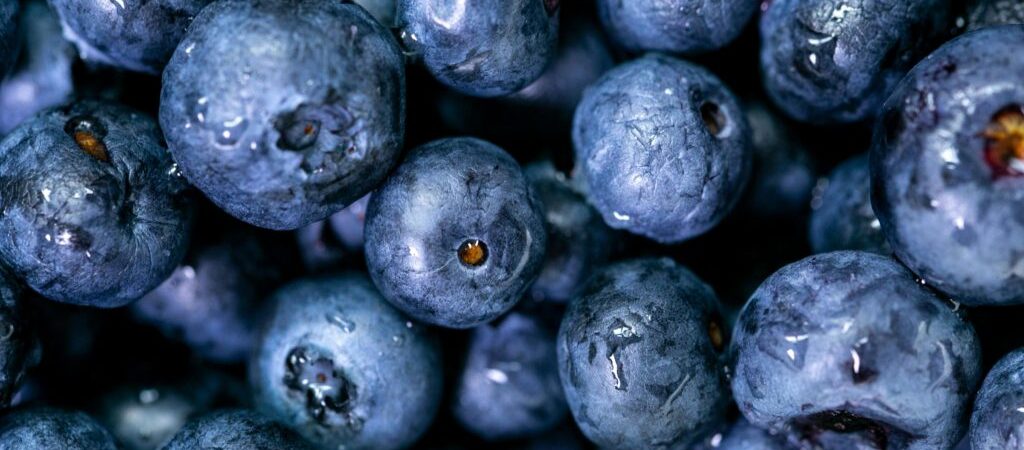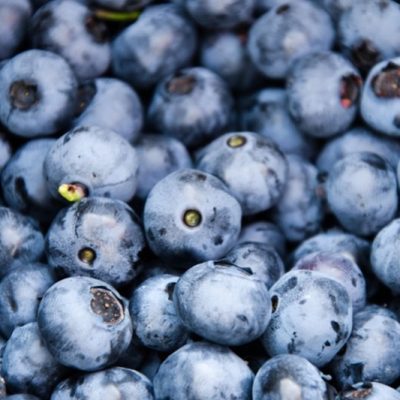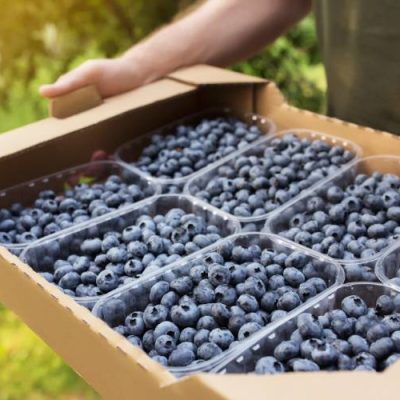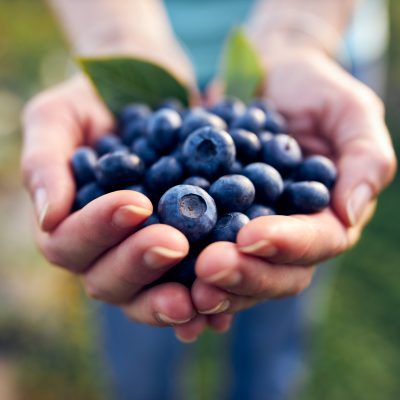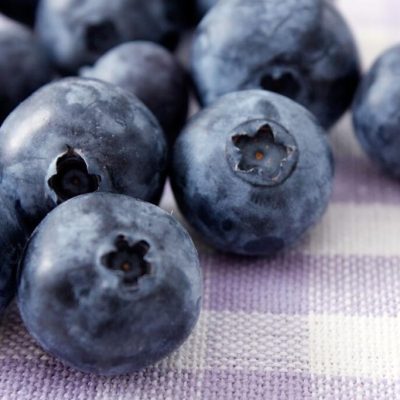Blueberry varietal transition—the berry fine line separating premium fruit from market confusion
- . October 2025
A global shift in genetics is raising both quality and questions in the blueberry industry, a recent analysis by the International Blueberry Organization (IBO) notes. The report combines interviews with the sector leaders and experts, as well as industry surveys and data.
Blueberry growers worldwide are deep into a sweeping varietal transition, with powerhouses such as Peru already exploring more water-efficient and pest-resistant options. But productivity isn’t the only goal. Consumers’ push for premium-quality fruit has led to the development of new varieties with improved traits, such as increased firmness, sweeter flavor, longer shelf life, and even better appearance.
This transition, characterized by the widespread replacement of older genetics with new cultivars, is directly linked to a global surge in demand, industry sources say.
“Overall improvement in the varietal composition of blueberries on the market has lifted the consistency of blueberry quality on average and allowed for more premium segmentation,” IBO’s report states.
However, innovation comes at a price. Growers have raised concerns that large-sized fruit, especially jumbo blueberries, are becoming synonymous with the concept of premium when, in reality, their selling points have little to do with quality or flavor.
“Premium will reach an identity crisis in the next two to three years,” one stakeholder notes in the report. This trend, combined with the rise of private label offerings in the US, has raised alarms about potential commoditization within the category.
Varietal transition gains momentum—at a cost
The varietal shift is occurring “across the board”, the IBO says. Some of the world’s leading breeders are actively supplying new selections to long-standing partners, be it for new cultivars or for the replacement of orchards at the end of their typical 10-year cycle, the report notes.
However, varietal transition has also created a seasonal disconnect in major northern markets, including the US and Canada, as well as parts of Europe. During the summer, domestic volumes differ sharply in appearance and eating quality from imported southern highbush varieties available during the rest of the year.
The result is a challenging production climate for the industry’s 52-week model.
“What happens if varietal divergence means what’s available at certain times is essentially a different product?” the report asks. “When is a blueberry still a blueberry?”
Quality vs. consistency
While buyers often regard southern highbush imports as superior in firmness and shelf life, some growers argue that northern-grown fruit can offer better flavor. That is, under ideal conditions.
The key factor is diurnal thermal variance, or the difference between night and day temperatures.
“As soon as you start to get those cooler nights, the plants stop undergoing respiration overnight,” explained one source. “Respiration essentially means they’re going to be burning up sugars… cooler nights allow those sugars to accumulate in the fruit a bit more.”
High-chill breeding for a better North
To close the summer quality gap, breeding programs are pushing to develop higher-chill cultivars that replicate the premium traits of their southern counterparts. While some of these programs have been at work for decades, others historically focused on low-chill genetics have recently expanded into mid- and high-chill conditions.
But progress has been slow. “It’s like watching paint dry breeding northern highbush compared with southern highbush,” one stakeholder says.
Growers remain cautious, citing the long commercialization timeline and uncertain economic returns. However, some retail partners are encouraging the development of these new varieties, hoping to lift summer quality standards in the US, Canada, Western and Eastern Europe, and Northern China.
10-01-2025
Source: Freshfruitportal.com



